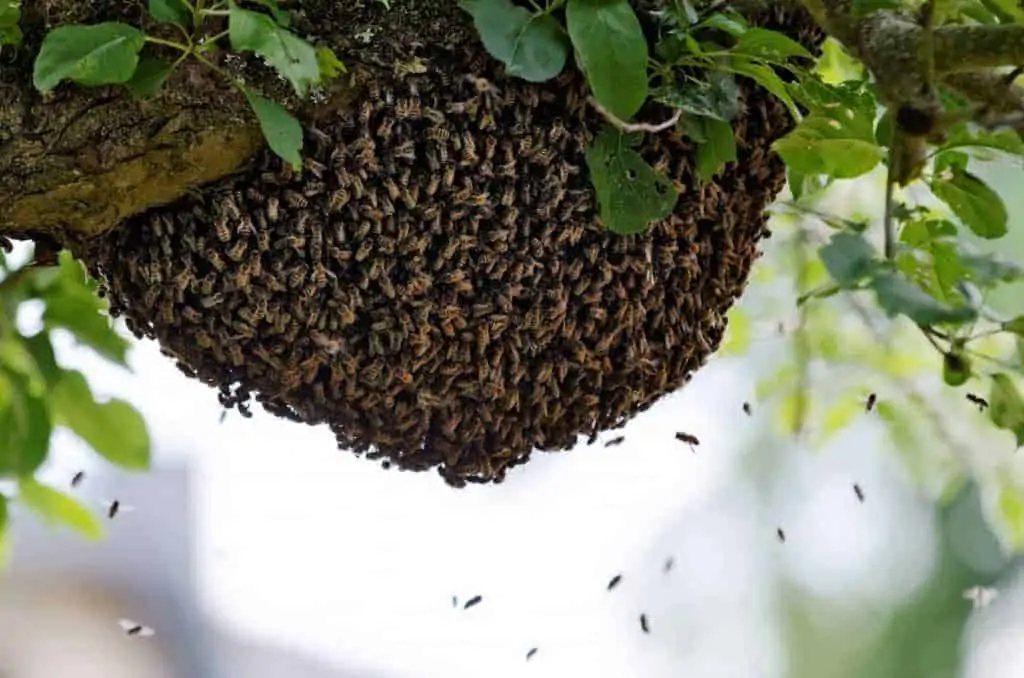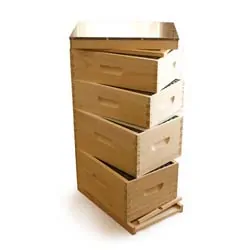It’s tough to say whether the new beekeeper of today has it any easier than the “newbie” of old. It’s true that today we have an extraordinary wealth of information available, through the magic of the Internet. But with all that information comes noise. In this world of “fake news” and supposedly non-negotiable opinions, it’s easy for the new beekeeper to be led down the wrong path.
This can happen for a number of reasons. Sometimes, uninformed beekeepers draw conclusions and then present them as “facts”, even though the scientific reasoning behind these facts is questionable. In other situations, apparently, contrary opinions from experienced beekeepers can both have merit, even if they each present their perspective as the “only way”.
So what is a new beekeeper to do? How can one tell the difference between subjective ideas justifying further investigation and statements that are just plain wrong?
We don’t have a single, easy answer to that. But we can at least reduce some of the noise!
This lesson presents some statements we have heard from beekeepers that are…quite simply wrong.
Enjoy!
Drones Are Generally Useless, So Minimize Them Whenever You Can
The theory goes that drones eat a lot but don’t help in any way. All they do is mate and since that ends in death anyway, the remaining drones are just losers who serve no purpose!
We can crack jokes about the guys lazing around the house and not helping out – and, with drones, there is some truth to this, at least as compared to the extraordinary workload of worker bees. But artificially reducing the number of drones is fighting against nature.
We will look in a separate lesson at what we should infer when the number of drones is increasing. This can expose important clues and, in some situations, may be a sign of problems. But trying to reduce drones “just because” is a waste of effort and is likely to be thwarted by the natural tendencies of the bees.
Oh, by the way, on hot summer days, you may well see drones joining in the effort, alongside workers, by fanning their wings. So, it’s not all about the sex for the drone bee!
If a Colony Swarms Then Something is Badly Wrong
That depends on perspective. As a beekeeper, you probably don’t want your bees to swarm. We will look at swarm prevention in other lessons but it’s erroneous to assume that a colony that swarms is “broken” in some way.
Swarming is a sign of a growing, healthy colony. It represents the way bees reproduce, at the macro level. With this in mind, while you may have motivations to prevent swarming from occurring, to bees it is a natural and positive progression.
Replacing a Queen Will Fix Problems with Most Colonies
You will hear this many times and it is based on the notion that the queen is “dominant” and THE decisive factor in the long-term survival of the colony. But life in the hive isn’t quite so straightforward.
First, a weak queen can be replaced naturally by the colony. So, if the queen is the problem the colony has many ways to resolve the issue on its own. More importantly, the colony itself has other important characteristics that reach far beyond the status of the queen. For example, the colony might have a low resistance to mites. In such a situation, merely replacing the queen won’t resolve the issue.
The colony is a rich, complex organism, with the queen being just one part of that. So recognize her importance but don’t take that in isolation or out of context.
If You Want to Practice Natural Beekeeping, You Can’t Use a Langstroth
This belief derives from the fact that both Top Bar and Warre hives are foundationless, by design. This means they are generally associated with natural beekeeping.
That said, there’s nothing in the Langstroth design that says you must use frames with foundation. Foundationless frames are increasingly common in Langstroth hives, so it is not contrary to the principles of natural beekeeping.
If You See Eggs, the Queen Must Certainly Be Present
When you conduct your inspection, you may not always find your queen. We have touched on the notion of “forensics” during an inspection – the gathering of clues, to piece together a picture of what’s happening in the hive. While the sighting of the queen is the proverbial good thing, which adds that extra peace of mind, it is by no means a requirement.
With this established, many beekeepers assume that spotting eggs during an inspection is a surefire way to tell the queen is still there or, at the very least, has been in the last 3 days or so.
It is true that this is normally the case.
But be aware that when a queen is lost, for whatever reason, the workers may start laying. These are called, reasonably enough, laying workers.
Workers are female and therefore have the ability to lay eggs. But since they do not mate, they have no ability to fertilize eggs. And what do we get when eggs are not fertilized?
Drones.
So don’t just assume that eggs equals a viable queen.
Isolate the Queen with a Package. Otherwise, the Other Bees Will Kill Her
It is common practice to isolate the queen in her cage when installing a package. The theory behind this is that the queen comes from a different line than the rest of the bees in the package, apart from one or two workers that may be in the cage with her. If released among them from the outset, the bees will reject her – and bad things happen!
This can indeed happen. But it certainly won’t happen all the time. Generally, we’d recommend the cage approach anyway, since there isn’t too much to lose. However, when you pick up your package ask the supplier how long the queen has been in the package.
For good or bad, some packages may be supplied with a queen that has been in the cage for some time. If so, there’s been ample time for her pheromones to work their magic.
If the supplier tells you this is the case, you should be all set to release her and let the queen and workers start their productive life together. But if you are not sure…use the cage and the candy!
If You Start Early Enough, You Can Harvest Plenty of Honey
We humans can be a greedy lot! We set up a new beehive, ask our bees to work wonders, and hope that we will be the lucky recipients of sweet honey at the end!
Pretty selfish, eh?
Of course, we’re making a point here but it is a fact that some beekeepers see the potential for honey as one of the main reasons to keep bees.
Where we each fall on the “passion for honey” line is an individual choice. But some beekeepers are so desperate for the proverbial beekeeping badge of honor – the jar of honey – that they will put their bees’ future at risk.
Many new beekeepers believe if they start their beehives early in the spring then they are giving their bees ample time, through the rest of the spring, summer, and fall, to build their reserves.
That may be true occasionally. But until a colony has gone through its first winter, it is entirely unproven. By harvesting any significant amount of honey, you make assumptions. Is honey so important that you’d risk your colony?
We’d be the first to admit that this is a simplistic perspective, but just be patient. Use the first year to learn about your bees and leave the honey to the hard-working creatures who did all the work!
Then, if they please you by emerging the following spring, that second year can be a time to think about honey.


